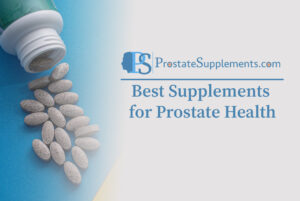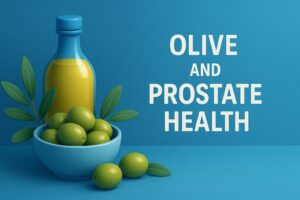
Oolong Tea and Prostate Health
Abstract Oolong tea (Camellia sinensis), a partially oxidized tea situated between green and black teas, contains catechins (e.g., EGCG) and theaflavins alongside caffeine and L-theanine. Mechanistic and limited clinical evidence suggest tea polyphenols may influence pathways relevant to benign prostatic hyperplasia (BPH) and lower urinary tract symptoms (LUTS)—including inflammation, androgen signaling, and smooth-muscle tone—while very







